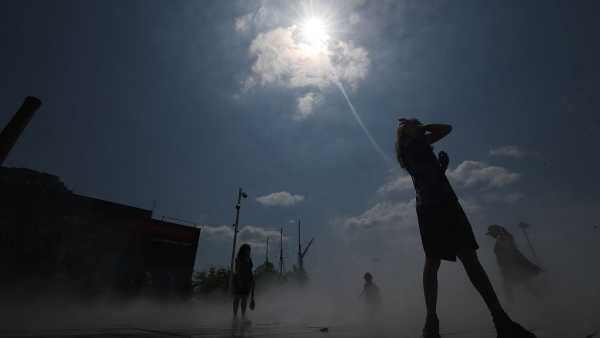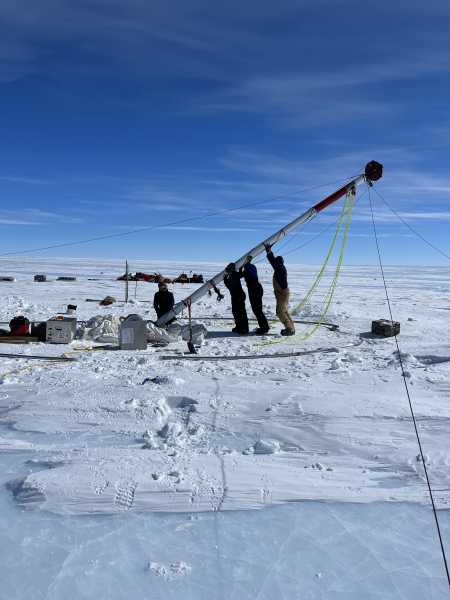
The original Earth's crust was remarkably similar to what exists today. (Photo courtesy of Roberto Machado Noa via Getty Images)
New research shows that the modern Earth's crust has a strikingly similar composition to the planet's first outer shell, known as the “protocrust.”
This ancient shell of rock contained chemical signatures previously thought to be characteristic only of continental crust, which forms through subduction, when one tectonic plate moves beneath another.
However, a new study published April 2 in the journal Nature argues that plate tectonics is not actually necessary for these signatures to form.
The findings have important implications for debates about when plate tectonics began on our planet. It is not known when or why the Earth's surface split into pancake-like plates that collide and rub against each other, forming mountains and volcanoes and causing earthquakes.
Historically, the fact that chemical signatures seen in modern plate tectonics have been found in proto-crust that existed during the first billion years of Earth's existence, the Hadean eon, has been used to support the theory that plate tectonics began almost immediately after solid soil appeared on Earth, about 4 billion years ago.
“That's probably a flawed argument now,” lead study author Craig O'Neill, a geophysicist at the Queensland University of Technology in Australia, told Live Science.
“Yes, this signature is being formed today [through plate tectonics],” O'Neill noted. “But the assumption that the Earth has always functioned the way it does now, all the way through time, so that you can extrapolate back – that's obviously a bit of an exaggeration.”
The specific signatures in question are trace elements such as titanium and niobium, which form crystalline structures in rocks as they solidify from hot magma. However, the behavior of these elements is highly dependent on the conditions in which they are found.
O'Neill and his colleagues realized that the chemical composition of the molten early Earth was significantly different from that of today.
As the Earth solidified from molten rock, iron-rich parts of that magma sank and concentrated to form today’s metallic core. This suggests that the mantle became less iron-rich over time. Thus, mantle magma found in modern subduction zones like the Pacific “Ring of Fire” may behave differently than the magma that existed on early Earth.
The researchers modeled the behavior of these trace elements under conditions during the first few hundred million years of Earth's existence, when the crust, core, and mantle were still in the process of differentiation and the developing mantle was still rich in iron.
O'Neill explained that the pattern they found looked “remarkably similar to a subduction zone signature,” meaning that chemical signatures cannot be used as evidence that subduction took place on the early Earth. They could also be a direct result of the initial transition from a liquid-surface planet to a solid-crust planet.
“Some of the evidence that people have used to support the case for early plate tectonics probably doesn't show you plate tectonics at all,” he said. “It probably shows you older crust.”
That doesn't mean plate tectonics didn't happen at least occasionally back then, O'Neill added. There was a lot of debris floating around the young solar system, and Earth was subjected to frequent impacts, some powerful enough to rip apart the proto-crust and trigger localized periods of subduction.
However, the entire planet probably shifted to a plate tectonic system later, between 3.2 billion and 2.7 billion years ago. There is much more evidence that rocks were reworked and moved around
Sourse: www.livescience.com





